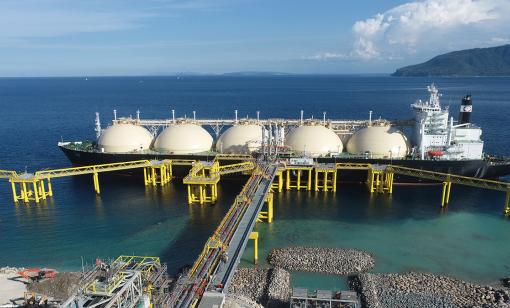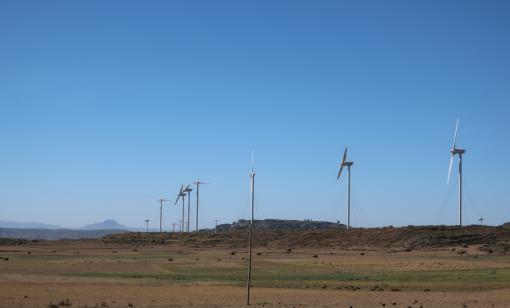
Mexican Drivers Pay More for Gasoline than Americans
Mexican drivers are paying on average 135% more for regular gasoline than their American counterparts, according to data compiled by Hart Energy.
Logging you in.
Logging you out.
Updating your account.

International Managing Editor. Previous work: Bloomberg Venezuela, LatinPetroleum Magazine and Banco Santiago de Leon in Caracas; Energy Intelligence, Jefferies, and Morgan Keegan in Houston; Banco Mercantil del Norte (Banorte) in Mexico City. Degrees: Finance (University of Houston). Languages: English and Spanish fluency, Portuguese understanding.

Mexican drivers are paying on average 135% more for regular gasoline than their American counterparts, according to data compiled by Hart Energy.

Mexico’s state-owned Pemex is on track to boost its oil, condensates and gas production by around 6% each in 2023—if the company can maintain the production momentum seen in the first five months of the year.

Cheniere Energy Inc. signed a long-term sale and purchase agreement with a subsidiary of ENN Natural Gas Co. Ltd., which will buy 1.8 mtpa of LNG over 20 years.

Stock certificates representing a 49.9% stake in Citgo Holding Inc. have been recovered by Venezuela's PDV Holding Inc. from Rosneft Trading

Freeport LNG’s three-train, 15-mtpa export facility off the Texas coast are online again after a major fire-related shutdown, to the appeasement of TotalEnergies and Osaka Gas, as well as the general LNG market.

California’s Noria Energy launched the 1.5-megawatt Aquasol pilot project in Colombia, which aims to take advantages of synergies from combining floating solar and hydroelectric reservoir resources.

The eleven country Southeast Asia region remains a net LNG exporter, but falling reserves are pushing some countries to eye LNG imports, according to Poten & Partners.

Africa’s OPEC+ countries will see oil production decline through 2028. Even as non-OPEC+ countries will see production rise, it will not be enough to revert the continent’s overall declining production profile over the period, according to the IEA.

The International Energy Agency forecasts total oil supply from non-OPEC+ Latin America to reach 7.5 MMbbl/d in 2028 on the backs of Brazil, Guyana and Argentina—offsetting declines in the rest of the region.

Africa understands that the energy transition is necessary; the problem is the pace desired by the West.
© 2025 Hart Energy. All rights reserved. Reproduction in whole or in part, in any form or medium without express written permission is prohibited.
